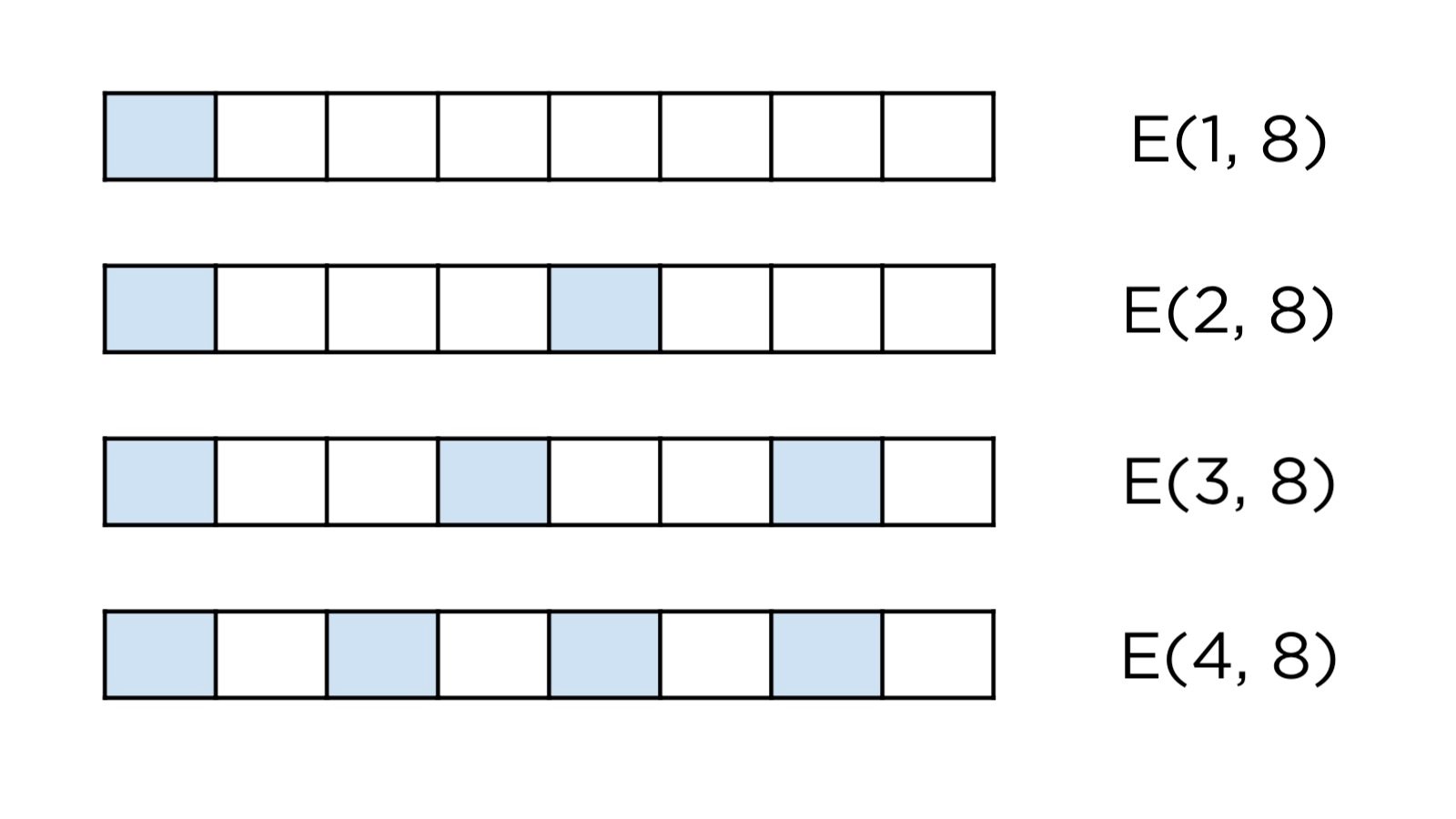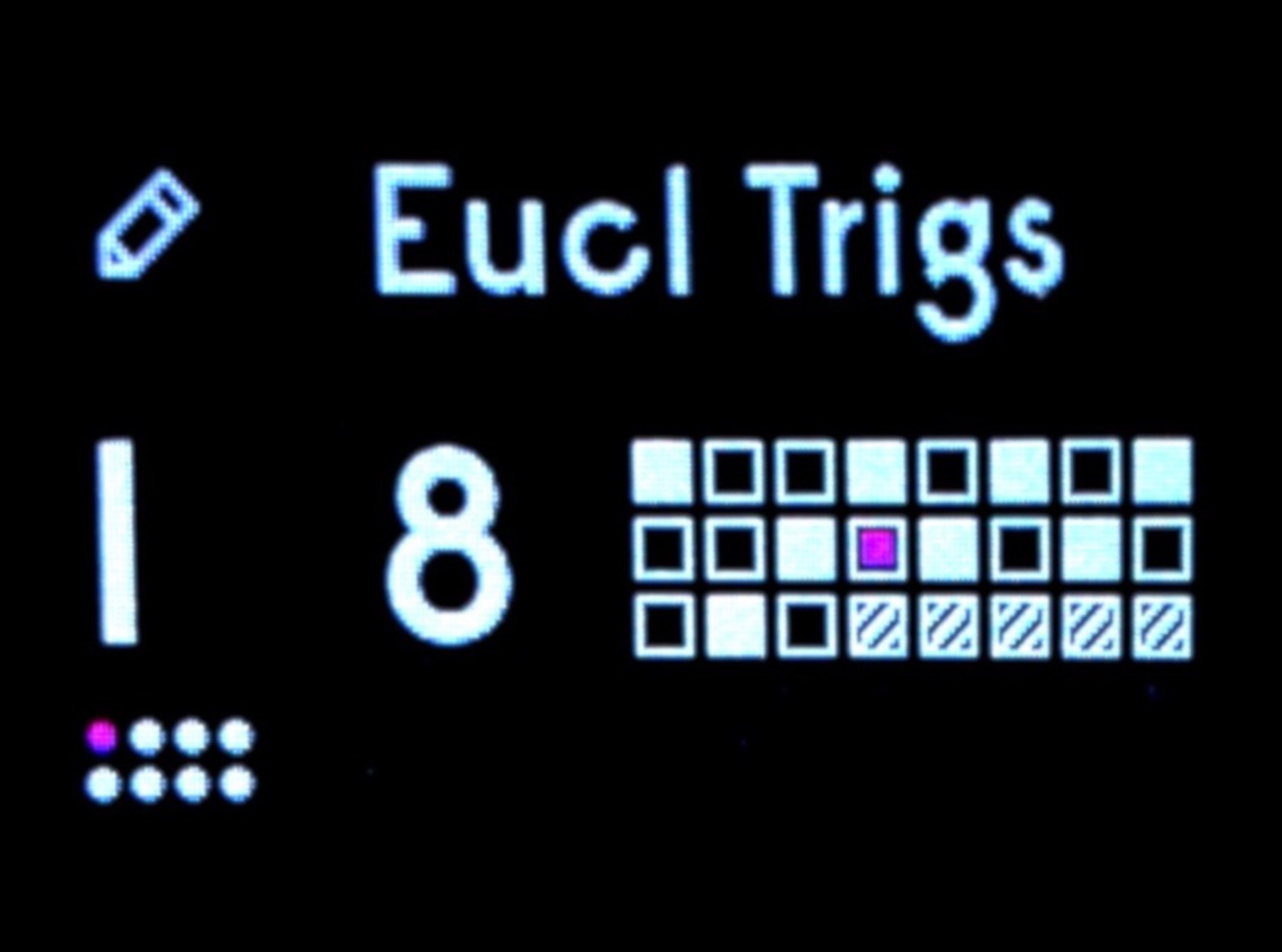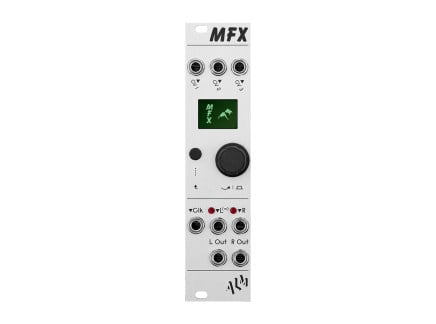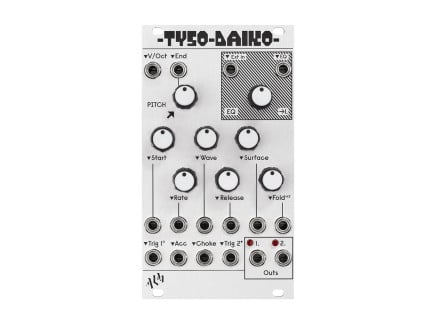When it comes to Eurorack modules, the clocking and modulation capabilities of ALM Busy Circuits's ingenious Pamela's Pro Workout is a popular choice for so many reasons. It's a rock-solid clock source that can bridge the gap between devices in and out of your Eurorack system, and can bring other flavors of movement to your patch with tempo-synced LFOs, quantized random voltages, and more.
We're a big fan of Pam's here at Perfect Circuit, so we're always movin' and groovin' to anything it's spitting out. We've covered a few Pam's Quick Tips in the past, but a module this deep warrants some focused attention on some of the things that it can do. So in our latest video, Wes takes a look at how to navigate the Euclidean modifiers on Pam's and shape them to your whim.
We originally published this article and the video above back in May 2022, several months before the release of Pamela's Pro Workout. As such, there will be plenty of references to the previous version of the module—Pamela's NEW Workout—but the concepts are largely the same and will apply to both modules! At the end of this article, we'll make note of the slight differences and changes found on Pam's Pro.
What Are Euclidean Rhythms?
Euclidean rhythms have become something of a buzzword in the Eurorack community, but what are they? In 2005, computer scientist and scholar Godfried Toussaint published a paper entitled "The Euclidean Algorithm Generates Traditional Musical Rhythms" wherein he outlined the coincidental correlation between a number of common rhythms and those which could be generated through the Euclidean algorithm, as described by ancient Greek mathematician Euclid. If this sounds complicated, don't worry—at its most basic level, Euclidean rhythms can be thought of as an even distribution of gates, triggers, or notes within a defined number of steps. In the case of an odd number of notes in an even number of steps, or vice versa, the remaining pulses or rests are then placed to keep the resulting rhythm as evenly distributed as possible.
For example, if you place four notes evenly within a space of eight steps, you'll end up with a basic quarter note, four-on-the-floor pattern. Likewise, three notes in eight steps yields a tresillo, the syncopated, dotted-eighth + sixteenth rhythm that originated in Cuban music and has recently become common in pop music. If stretched across two measures, five notes within sixteen steps results in a Bossa Nova clave.
Now practically speaking, most of us aren't sitting down to program step sequencers in drum machines or Eurorack modules with a pen and paper in hand to meticulously compose music with Euclidean rhythms. And just as many of the rhythms described above certainly weren't composed mathematically, Euclidean rhythms can simply occur naturally through feel and intuition—hence the existence of all these rhythms from across the world, developed over time with no knowledge of who Euclid was or what he did.
But Euclidean rhythms become really useful in the context of generative music, or even more broadly as part of electronic music. In the world of Eurorack especially, there's a ton of great options out there for creating Euclidean rhythms, and whether they serve as the basis of driving percussion or are utilized in more obscure ways by triggering envelopes, clocking sequencers, and more, they can be an easy way to spice up a patch without spending all of your compositional energy.

Using Pamela's Workout for Euclidean Sequencing
We love Pam's for all of the many things that it can do, and as you might guess by the existence of this article and video, Euclidean rhythms are one of those things. If you navigate to any of the channels on Pam's and hold down the encoder, you'll access the extended parameter settings menu, which allows for further manipulation of that channel's output. This is how you turn Pam's from a simple clock multiplier and divider into a source of clocked LFO's, quantized random voltage generator, and, obviously, a Euclidean sequencer.

Within this menu, Pam's offers a set of three parameters for Euclidean rhythms. As discussed above, you can define your rhythms with EStep, the number of steps in the pattern, and ETrig, the number of triggers to be distributed in the pattern. The third parameter is called ERot, which defines the rotation of notes within the pattern, so rather than having your patterns always start on the downbeat you can begin with a rest or simply offset the distribution of notes. And this doesn't just work with basic clocks and gates—it can be applied to the LFO shapes and random voltages, too!
Because Pam's has eight channels, it's fairly quick and easy to set up parallel Euclidean patterns that are tied to a single, global tempo while having their own independent multiplication/division and Euclidean Step, Trig, and Rotation settings. It's a one-way ticket to polyrhythmic and polymetric madness!
Working Out Weird & Wiggy Beats
In our Pam's Quick Tip video accompanying this article, Wes shows off a simple way to apply Euclidean patterns to a patch with a handful of drum voices. The neat thing about his approach is that you don't necessarily need to get super crazy and complicated with this—the Euclidean modifiers in Pam's are equally useful in creating straightforward musical results, too. Thus with some understanding of how Euclidean patterns are generated and rotated, it's totally possible to use Pam's almost like a traditional step sequencer, just in a weird, roundabout way that provides its own creative opportunities.

In the first half of the video, Wes creates a basic 16th note groove with two channels of Euclidean rhythms. While the hi-hat is made with a steady 16th note clock pulse, the kick and snare are simply eight step patterns with one trigger, with the latter being rotated four steps to place the snare hit on the third beat of the measure. If it sounds easy, that's because it is! And that's all done with only three channels out of eight on Pam's, leaving you with five more channels for further rhythmic sequencing or just about any other clocking purpose imaginable.
From there, Wes embraces the potential for wacky rhythms and crafts some off-kilter kick patterns by adding another Euclidean channel, and externally summing their respective envelopes. But the possibilities are nearly endless with how you can extend Euclidean patterns, whether through internal probability and logic operations inside of Pam's or making use of external modules in your system.
PRO Euclidean Rhythms with Pamela's Pro Workout
With Pamela's Pro Workout, putting together Euclidean rhythms has never been easier. While most of the functionality remains the same from Pam's NEW Workout, the increased size of the screen makes visualizing and understanding your Euclidean patterns a breeze. As you add Euclidean steps and triggers or apply rotation, you'll see a grid of squares appear as a representation of the pattern being programmed.

One new feature in Pam's Pro is the Euclidean Pad option, which allows you to supplement most patterns with blank rests at the end. This means you can "round up" any odd or non-metric pattern to the next sensible beat of musical time. For example, as shown in the adjacent screen image, you can have a pattern of 27 steps padded with five rests to create a total length of 32 steps. Of course, it's up to you to define the channel's output modifier rate and extended parameters if desired, but this feature makes the more esoteric ratios of Euclidean steps and triggers much more usable in a variety of musical contexts.
Whether you've grabbed a Pam's Pro or you're still holding onto your faithful NEW Workout, Euclidean rhythms are a great way to spice up your patches. Even if you're not interested in diving into complex rhythms, understanding how they affect streams of triggers can you give your more insight into developing interesting musical ideas. As Wes shows off in the video, it's all about how you make a feature like this useful for your musical applications, and it's another reason why we feel that any form of Pam's can be a handy module to have in your rack.











